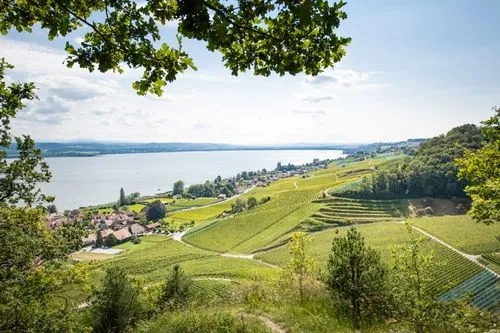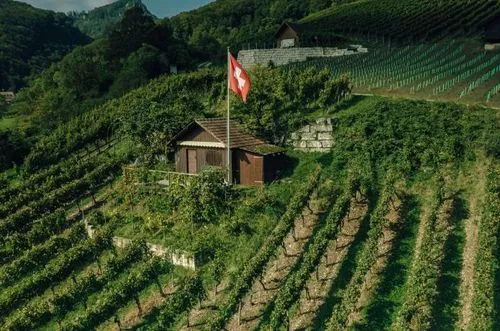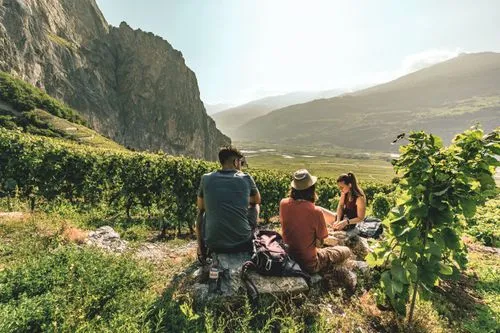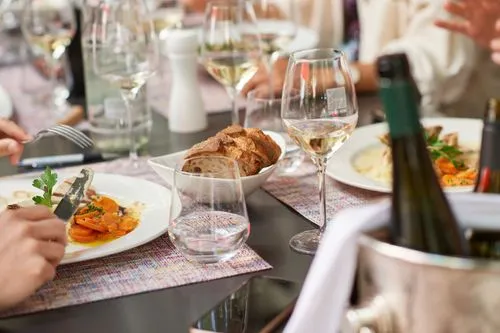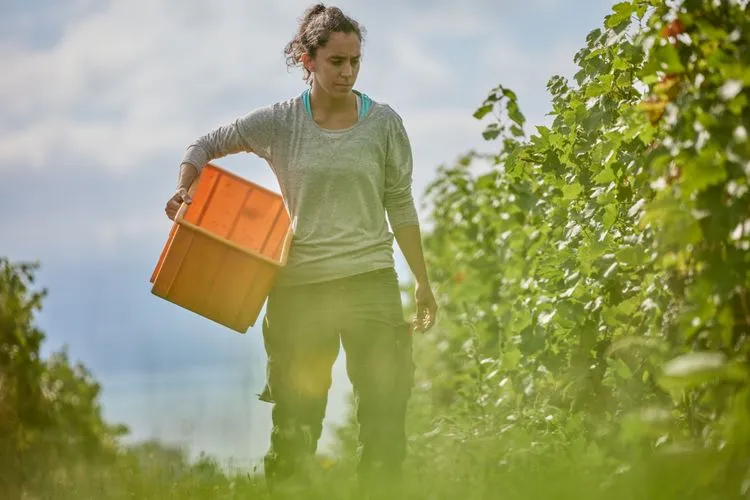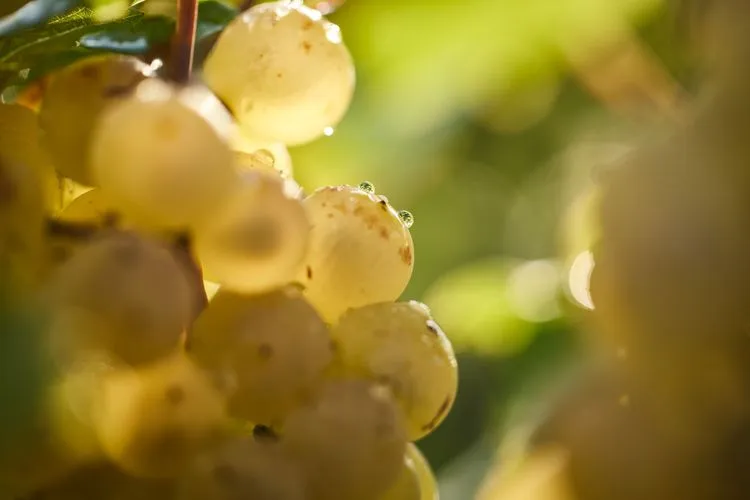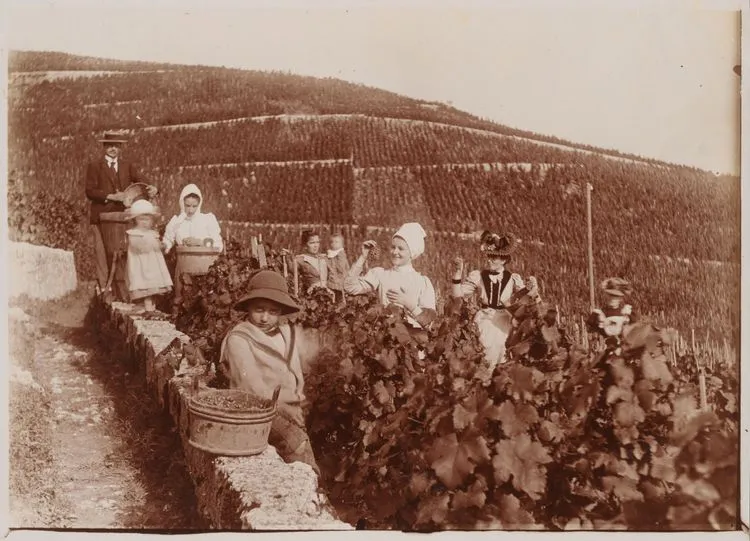Swiss Vineyards
[]
Facts & figures on winegrowing in Switzerland
Switzerland covers an area of 41,285 km², ranking it 132nd in the world in terms of surface area.
In terms of wine-growing area, Switzerland ranks 20th in the world, with 146km² of vines.
As a proportion of its total surface area, Switzerland has a high proportion of wine-growing land, ranking it 10th in the world.
Switzerland is close to the top of the league in terms of annual wine consumption per capita: around 35 litres per person (2022), putting it in4th place worldwide. Only Portugal, France and Italy consume more wine.
Distribution of surface areas
The wine-growing area of 14,469 hectares is distributed as follows: 56% for red wine, i.e. 8,086 hectares, and 44% for white wine, i.e. 6,483 hectares.
0%
Red wine surfaces
0%
White wine surfaces
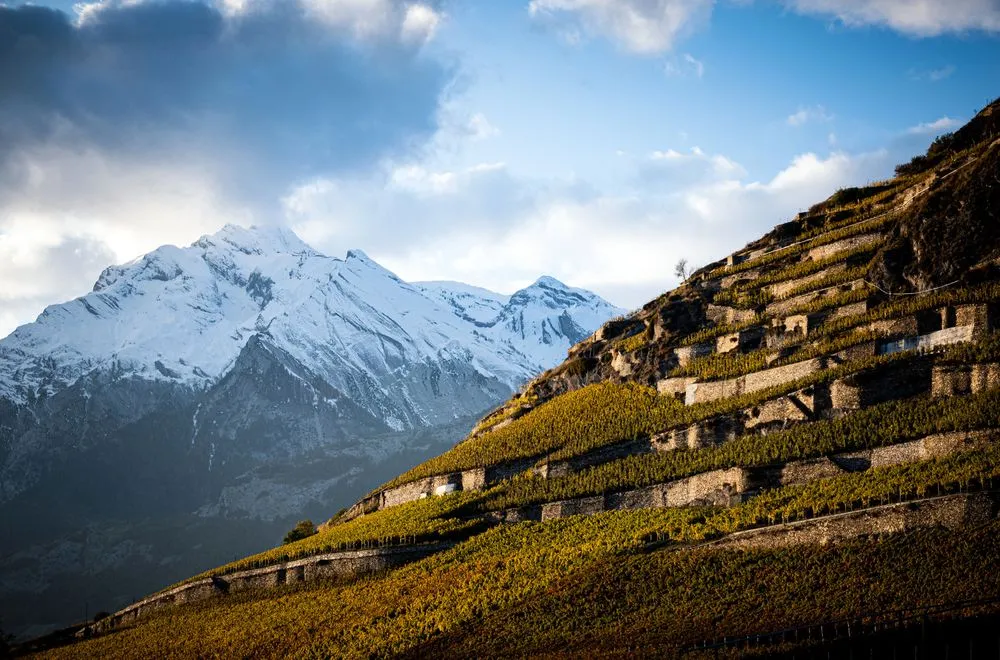
Switzerland, an Alpine terroir
The Alps play an important role for several of Switzerland's wine-growing regions. They cover 61% of the Swiss territory and dominate the vineyards of Valais, Chablais vaudois, part of Ticino and Grisons.
In addition to the slopes, which winegrowers have mastered by building terraces, the climate, wind and sunshine are of vital importance to the development of mountain winegrowing regions.
The wine-growing regions of the Swiss Alps are characterised by a wide variety of soil types. There are plots with shallow soil, where only a few decimetres of soil separate the surface from the rock. Other plots have a layer of sand a metre thick, deposited by the wind. Then there are the moraines, screes and alluvial fans, made up of river sediments or landslides.
Swiss winegrowers cultivate a wide range of grape varieties on these highly varied plots, contributing to the characteristic diversity of Swiss winegrowing.

The influence of the lakes
The shores of all the major Swiss lakes are home to wine-growing regions that benefit from the regulating effect of these large bodies of water. In summer, the lakes reflect the sun, while in winter they protect against frost. What's more, they provide Switzerland's wine-growing regions with a magnificent landscape.
Lake Geneva, in the canton of Vaud, is surrounded by the wine-growing regions of La Côte (between Geneva and Lausanne), Lavaux (from Lausanne to Montreux), Chablais (from Montreux to Valais) and Savoie (in France).
The Trois-Lacs region surrounds the lakes of Neuchâtel, Biel and Murten. In German-speaking Switzerland, vines grow on the shores of Lake Zurich; in Thurgau and St. Gallen, they benefit from the favourable influence of Lake Constance. And the vineyards of Ticino enjoy a Mediterranean climate thanks to Lake Maggiore and Lake Lugano.
Vineyards that are not on a lake generally follow the course of a river - such as the Rhône, the Aar, the Limmat or the Rhine.
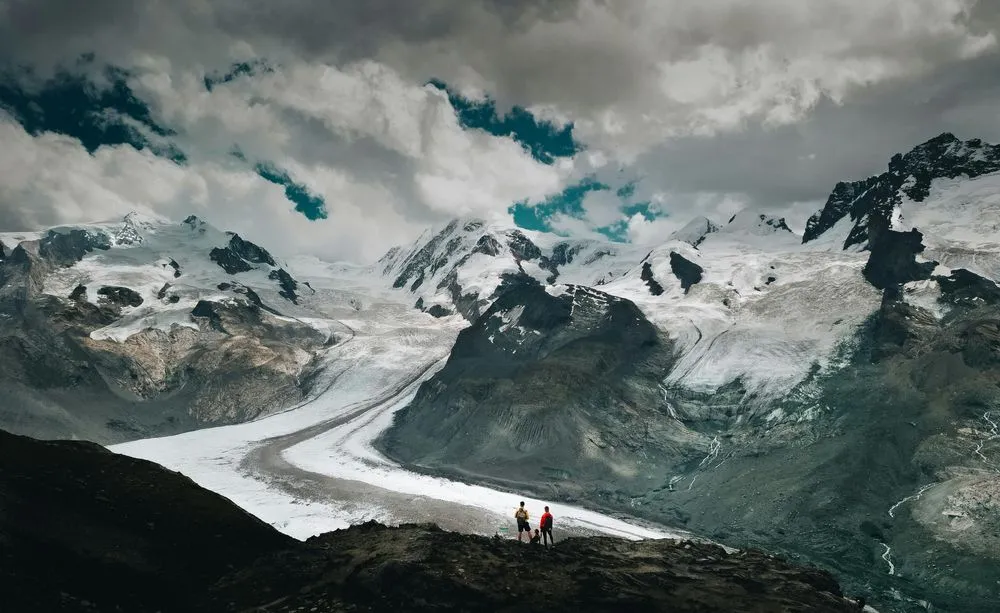
A land shaped by glaciers
During the last Ice Age, what is now Switzerland was covered by a layer of ice sometimes over a thousand metres thick. As the glaciers moved, moraines formed - accumulations of blocks of rock swept along by the ice. Today, moraines can be found in all the wine-growing regions of Switzerland, both in the mountains and on the shores of lakes.
Moraines influence Swiss viticulture in terms of soil and subsoil. Two grape varieties that are just a few centimetres apart can grow on two completely different soils because of the region's turbulent past.
The influence of the glaciers, which still has an impact on viticulture today, is a particular feature of Switzerland. It plays a lesser role in other European regions, which have hardly been exposed to the forces of recent glacial periods.
To visit our site, you must be of legal drinking age in your country of residence.
